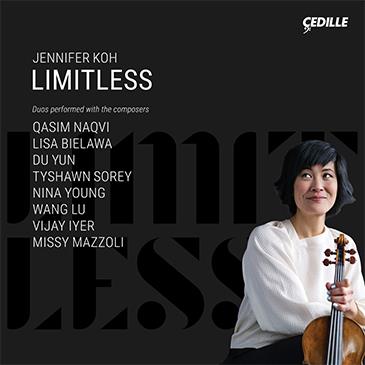
The New York Times
By Joshua Barone
March 14, 2018
original
link
Hear the virtuoso Jennifer Koh work with three composers on new collaborations.
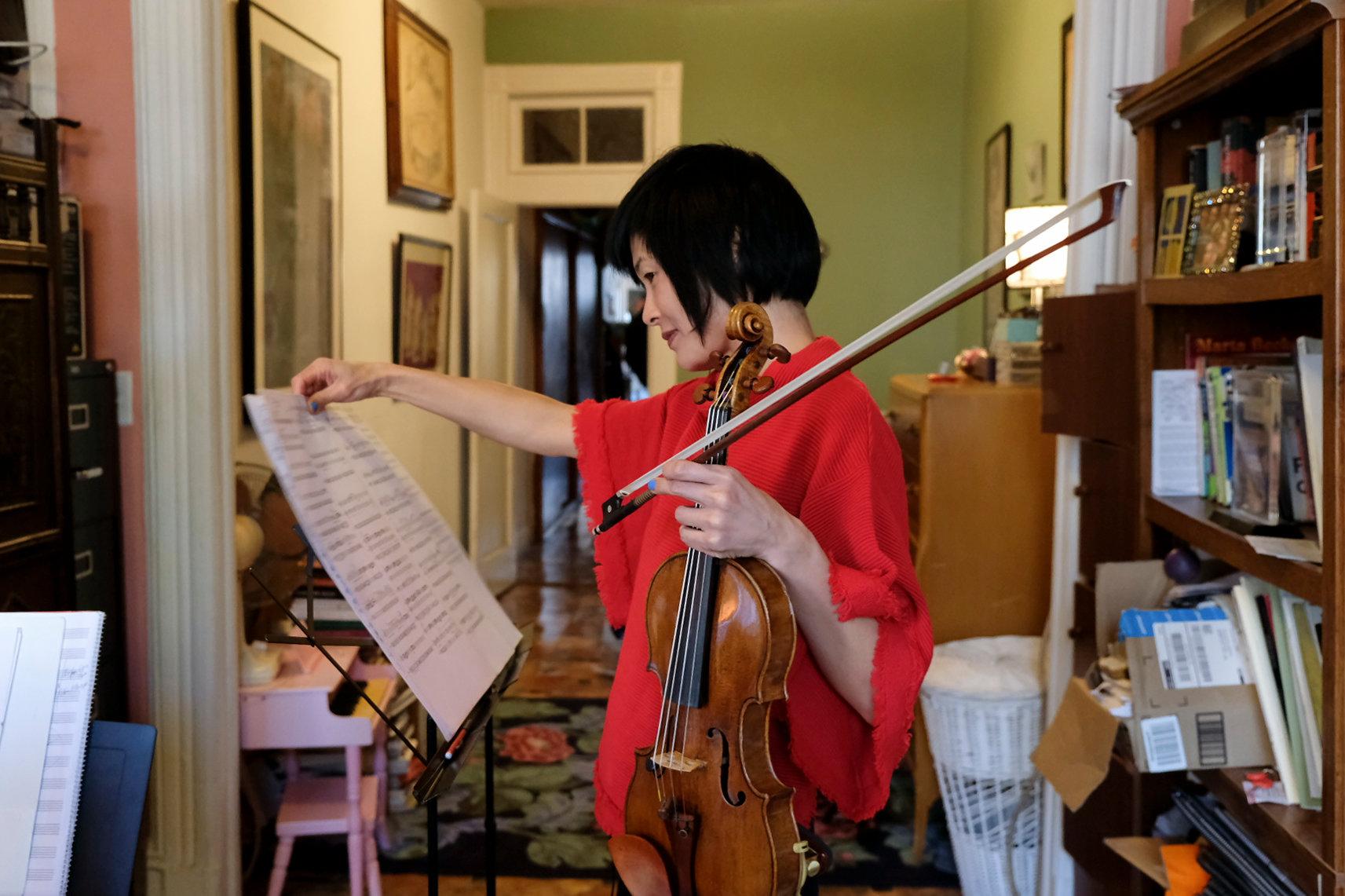
“That was good,” the violinist Jennifer Koh told the soprano and composer Lisa Bielawa during a recent rehearsal. But then she pointed to a spot on her sheet music and said, “I do think we should take more time here.”
They were at Ms. Koh’s apartment in Upper Manhattan, practicing Ms. Bielawa’s “Sanctuary Songs,” which the two will perform together at National Sawdust this month as part of “Limitless,” Ms. Koh’s latest project to commission new music from a diverse slate of composers — who, in a new twist, will be onstage playing with her.
Ms. Koh and Ms. Bielawa repeated the passage, now with a breath that Ms. Koh said “lets people really hear the music.” They went through it a few more times, adding small changes to dynamics, note lengths and overall balance. Finally, something clicked and their eyes lit up.
“There is an infinity of possibilities,” Ms. Koh said in an interview. “It might mean that 99 of the million possibilities don’t work, so when it does — it’s just so good.”
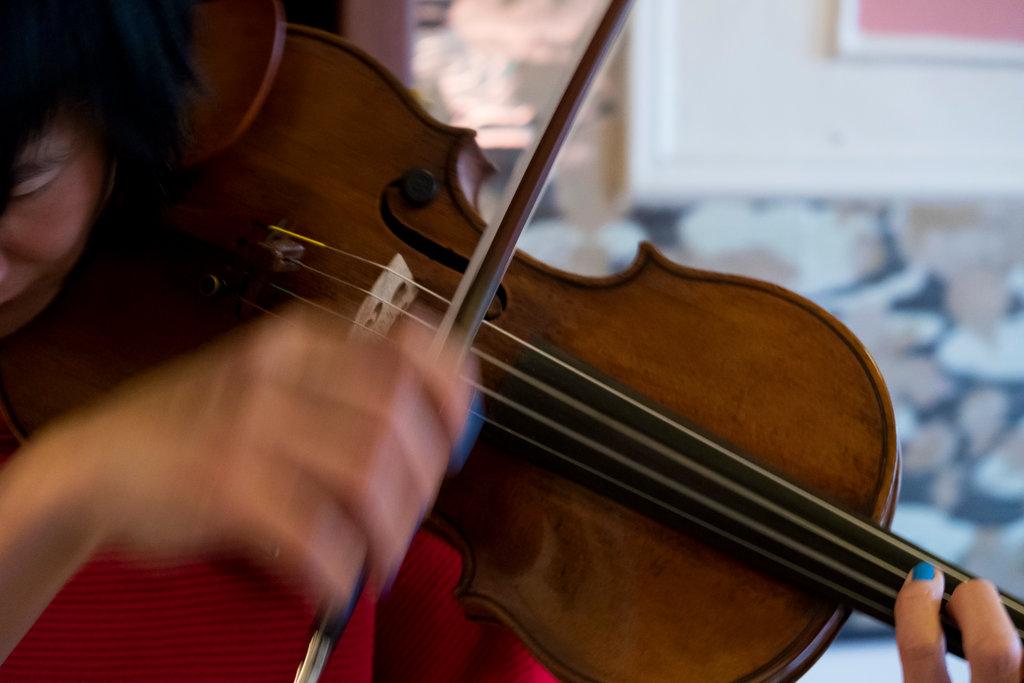
Ms. Koh has made a career of working with composers. She tirelessly advocates for new music and has a nonprofit, Arco Collaborative, to commission works from composers she carefully researches by studying scores and flying around the world to hear premieres.
Her previous projects, such as “Bridge to Beethoven” and “Bach and Beyond,” have explored connections between living composers and canonical giants — an apt metaphor for her career, in which she might perform Kaija Saariaho’s 1994 violin concerto one week and Sibelius’s classic one the next.
“Limitless” is about the tradition of composers working directly with musicians, and revisits a moment in music history when the lines dividing genres were blurred or nonexistent.
In Mozart’s time, for example, there wasn’t a distinction between new and repertory works “because everything was new,” Ms. Koh said. “Now we have pop, jazz, classical, and even new music within classical. I don’t believe in that; I just believe in good musicians and bad musicians.”
This project is also an attempt to add more diverse voices to the violin repertory beyond what Ms. Koh called “dead, white European males.” The program for “Limitless” — with works by nine composers including Missy Mazzoli, Vijay Iyer and Tyshawn Sorey — looks like a manifesto for inclusivity: women, people of color and musicians who are not your typical classical artists.
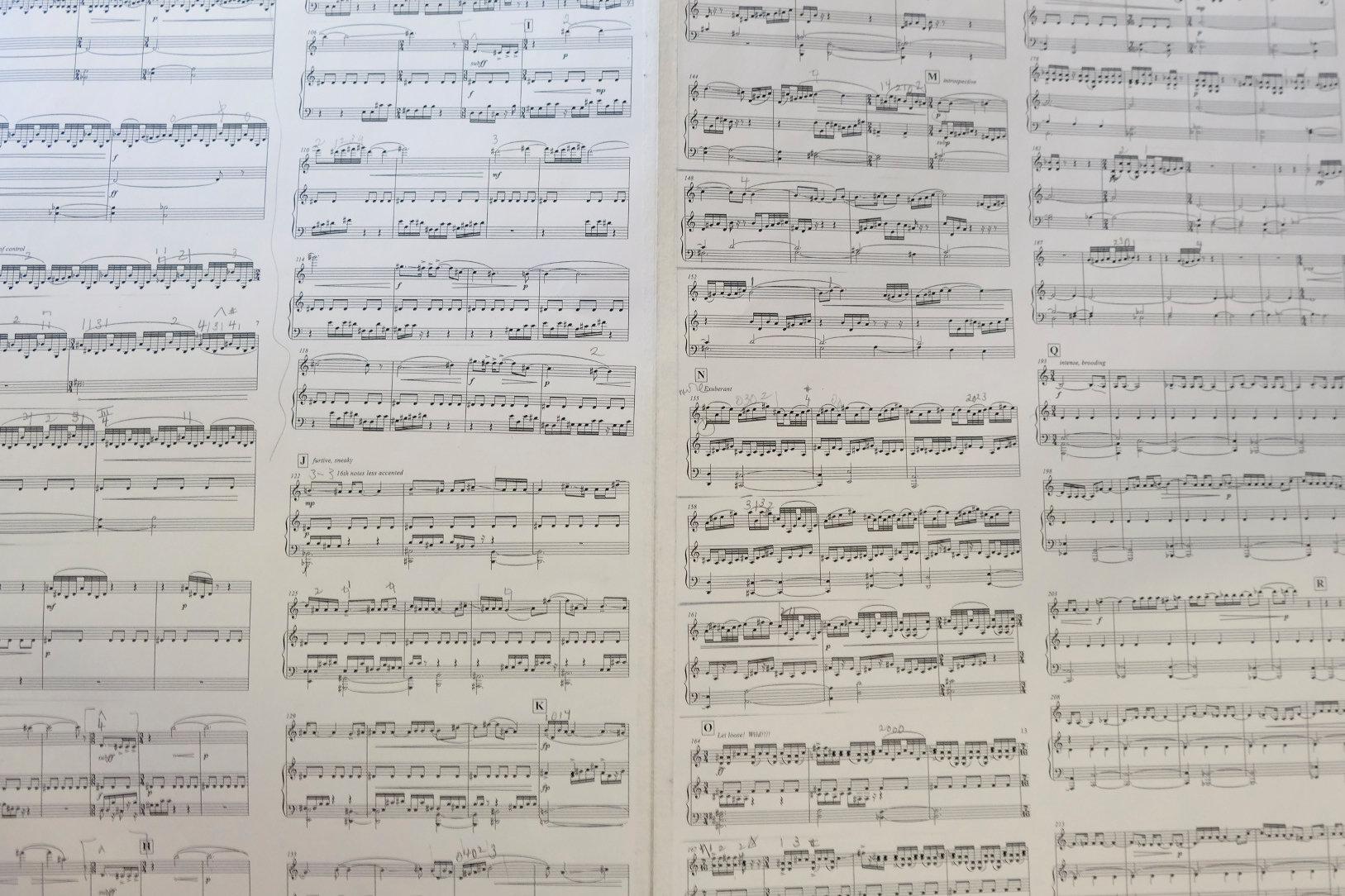
They were asked to write duets to play with Ms. Koh, and in recent weeks she has met with each composer to practice them. These rehearsals are a vulnerable moment to hear something for the first time and find out how it works, or if it works at all.
Ms. Koh allowed us to sit in on three of these sessions. She even let us record audio clips, which should be heard with the caveat that they are documents of works in process.
The rehearsals were fundamentally a series of starts and stops, with incremental progress. But there were also extraordinary breakthroughs, moments when experiments led to new clarity or the realization that music needed to be rewritten.
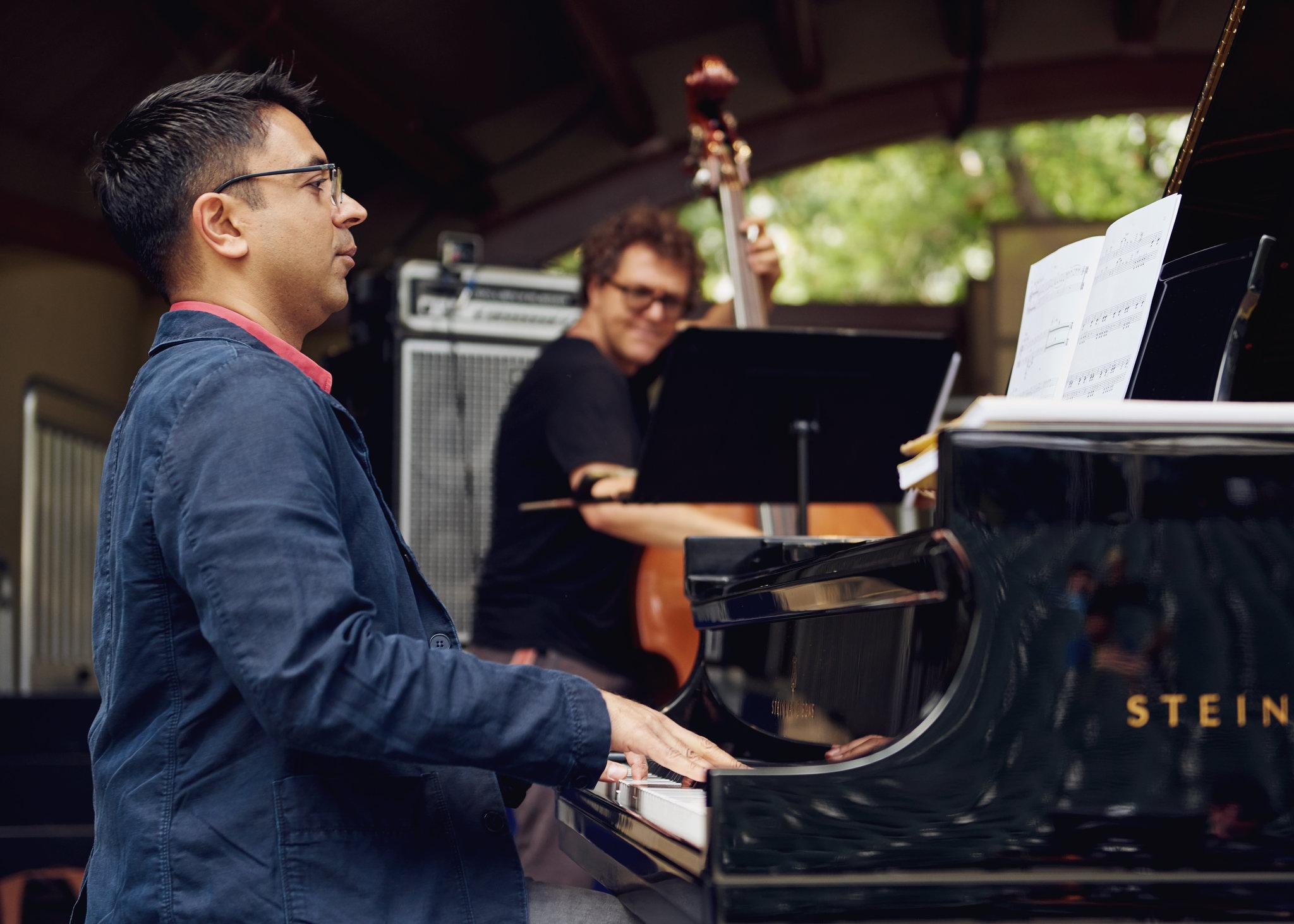
The two collaborators met at a prewar-apartment-turned-rehearsal space in Washington Heights, where Mr. Iyer, whose roots are as a jazz musician, played a piano that doubled as a shelf for a photo of cats and a small sculpture of Wagner’s Brünnhilde.
Mr. Iyer’s scores tend to leave the notation sketchy, and because of improvisation his part never comes across exactly as it appears on the page. So a lot of the rehearsal was spent talking, with Ms. Koh asking him questions about the music and pushing for descriptions of how he thought specific passages should sound.
By the end of the session, it was clear that Mr. Iyer wanted to write more material for the last movement. “You start to feel the shape of it,” he said, “and it didn’t feel complete. My inclination is to giver her a little bit more to play solo.”
The question, he added, was “how many of the stops to pull out,” given that Ms. Koh so willingly rises to the challenge of difficult music. Later, she said that she tells composers to aim high, then “scale back” if something doesn’t work.
But when asked for examples of when she’s had to do that, she laughed. “I guess that’s never actually happened,” she said. “We’ve always made it work.”

Ms. Mazzoli doesn’t have a TV in her living room, but she does have a painting of a broken one by Lauren Mulhern. The space is devoted to her composing tools — a keyboard and computer — as well as stacks of scores and books.
Her contributions to “Limitless” are not entirely new; they are arrangements of, for example, a work she originally wrote for the violist Nadia Sirota and electronics. Throughout the practice session, Ms. Mazzoli and Ms. Koh stopped to ask what the other thought of sound balance and rhythmic precision.
“So much of it is choreography: rehearsing where to look and who is going to cue their head,” Ms. Mazzoli said. “If I’m coming in a millisecond after her, the entrance doesn’t work.”
Any change to the music came with a conversation. “It’s because I’m putting myself out there as a performer, too,” Ms. Mazzoli said. “She’ll consult me about a nuance or how to bring out a particular thing, but that decision is always made together.”

Several years ago, while they were on tour performing Philip Glass’s “Einstein on the Beach,” Ms. Bielawa and Ms. Koh shared a dressing room for months but barely spoke, because of the need for vocal rest and concentration. “It actually deepened our relationship,” Ms. Bielawa said. “That exercise of mutual respect.”
At Ms. Koh’s apartment, they worked through Ms. Bielawa’s songs, which are purposefully open-ended because, she said, “I’ve learned to not finish my pieces in my head. I leave a lot of room for humans in my scores.”
During breaks, Ms. Koh asked whether she should play more quietly to allow the voice to be more easily heard, and vice versa.
The “aha” moment when things fell into place was like both players becoming the other “with no separation,” Ms. Koh said later. “They become part of your DNA, and you become part of their DNA.”
“Those moments — they’re amazing,” she said. “As a musician, that’s what I live for.”
March 15 and 31 at National Sawdust; 646-779-8455, nationalsawdust.org.